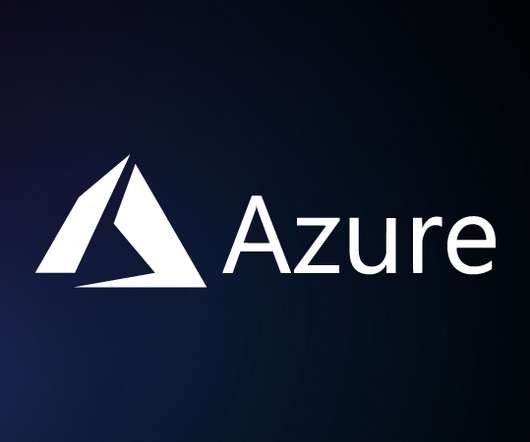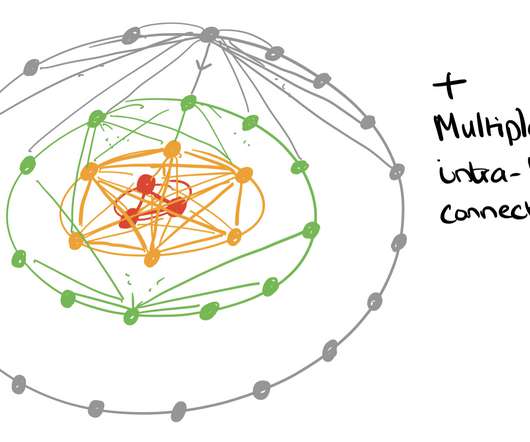Redis vs Memcached in 2024
Scalegrid
MARCH 28, 2024
Key Takeaways Redis offers complex data structures and additional features for versatile data handling, while Memcached excels in simplicity with a fast, multi-threaded architecture for basic caching needs. Redis is better suited for complex data models, and Memcached is better suited for high-throughput, string-based caching scenarios.











































Let's personalize your content